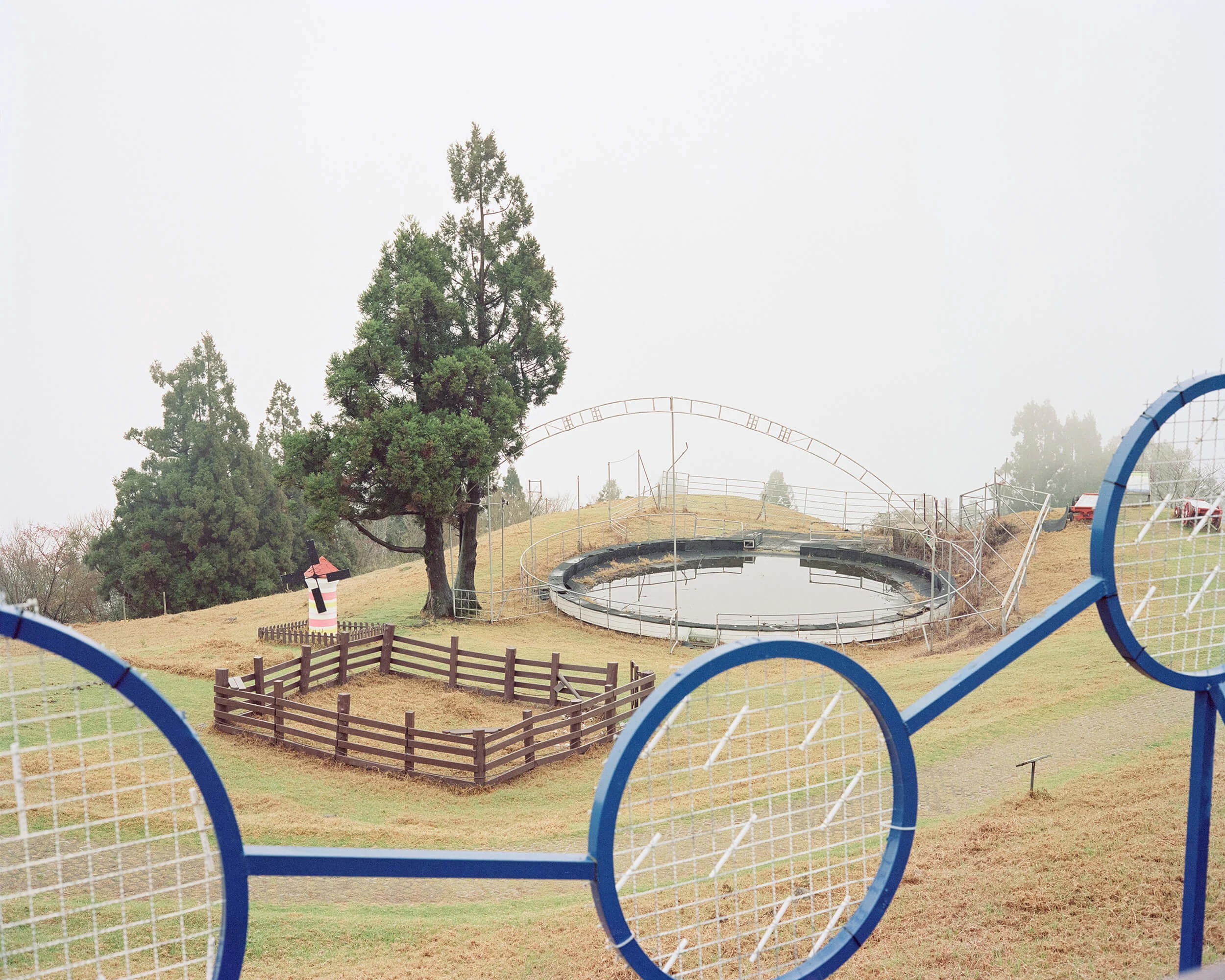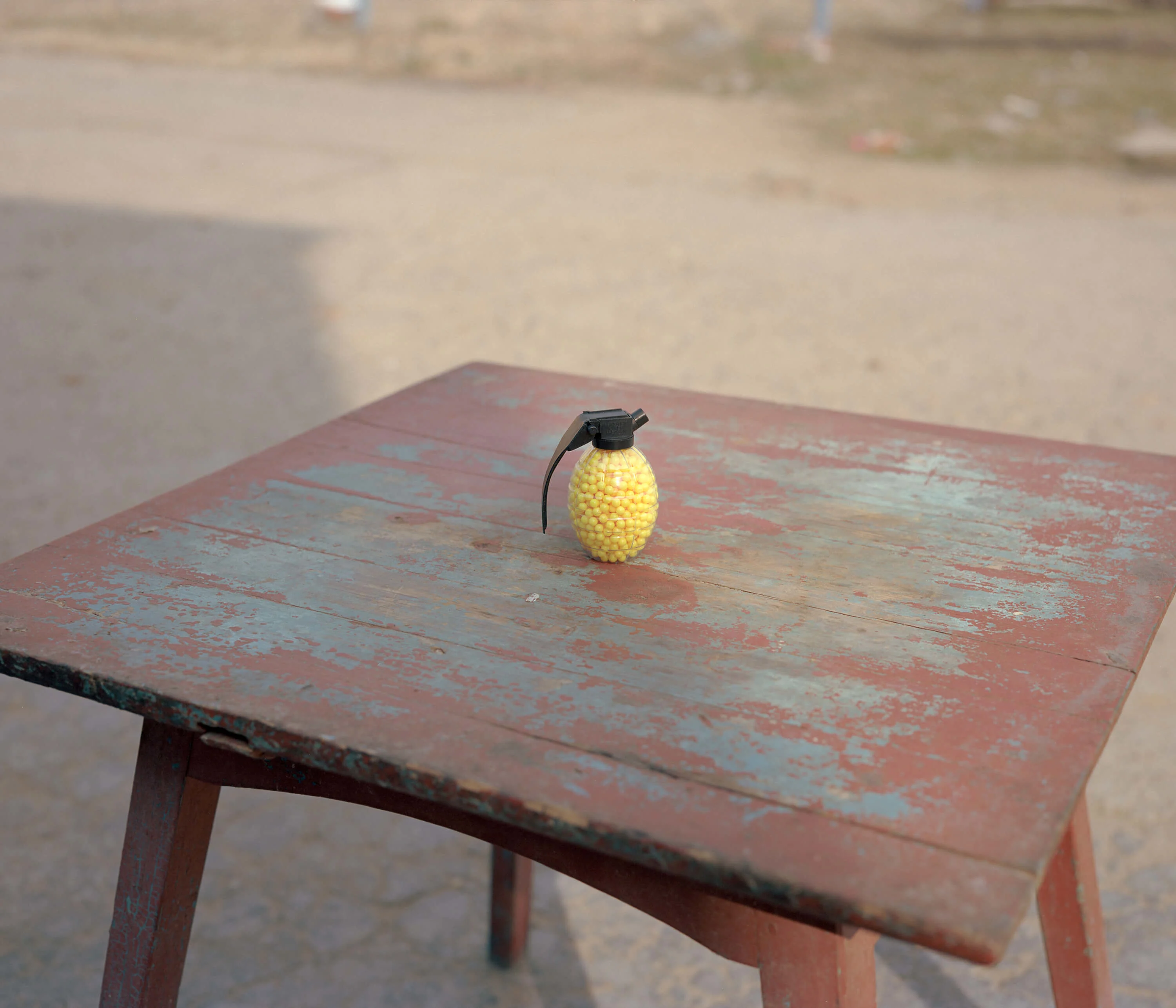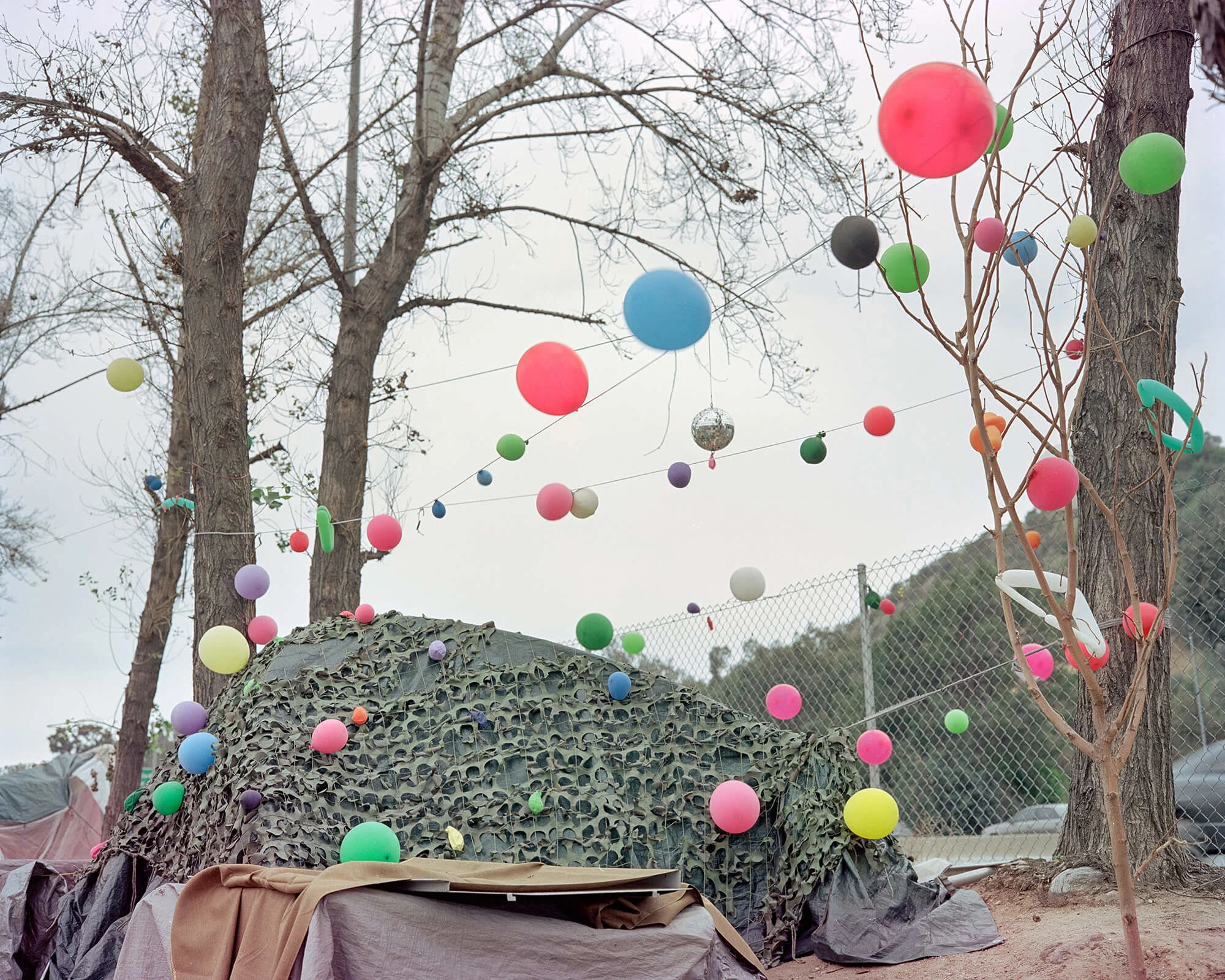

In 1978, the Chinese government opened up the country to foreign investors. The economy boomed, and the country changed beyond recognition. It’s hard to comprehend the pace of this change. But Peng Ke saw it happen.
She grew up in Shenzhen in the 1990s and early 2000s, when the city’s population exploded from 300,000 to 15 million. Her experiences coming of age in this rapidly changing environment inform the images she makes today.

“Chinese modernity needs new imagery,” Peng says. Between the one-dimensional narratives offered by government propaganda on the one side, and Western media outlets on the other, she believes there’s a gaping hole for real lived experiences to be shared.
Through her photographs, she wants to make a more nuanced portrait of the modern Chinese city as someone who spent the first 20 years of her life living in one.
“The experience of living in this country is so massive and so complicated that there should be a lot of stories told about it,” she says.

I try to remind people that cities are a collective experience of all the people living there.
Her recent photo book Salt Ponds explores what people living in cities have in common regardless of class or culture divides, like shared public spaces.
In the series, Peng shares calm moments in the chaos of the city: two young girls eating pink cotton candy on the cement bank of a river; plants – one real and one fake – in an empty, tiled lobby; trees in a manicured park ablaze with neon pink fairy lights reflected in the water of a nearby pond.
The title references how the salt levels in water changes the color of the algae – from bright green to deep coral pink. Though it’s a beautiful sight, the pink organisms attract birds who can die from eating too much salt. Peng sees it as a metaphor for the contradictions of living in a modern Chinese city.



We are natural beings so what we create is part of nature too.
“I’m not trying to portray the city in a really depressing way, like a lot of Western media outlets would do,” she says. “If you visit for five days of course you’ll quickly depict what’s off about the experience there. But if you’ve lived there for 20 years, it becomes your everyday reality and you can’t always be thinking that it’s so bad.
“You start to learn people’s stories of coming from a really poor village to this modern city and being able to make their first fortune or send their kids to school there. Then you start to see hope.
“I try to make images that are complicated enough to remind people that cities are a collective experience of all the people living there.”

Growing up in man-made environments, Peng says she started to attach emotions to the artificial materials, like acrylic, mirrors and plastic, that make up these spaces.
“I realize a lack of nature is a really unhealthy thing,” she says, “But I still get excited about how a modern city looks, how clean it is, the marble flooring and the glass panels or the scent of a hotel lobby. I started reading books about how this is also part of nature – we are natural beings so what we create is part of nature too.”
In her images, there’s a romance to these synthetic materials. Her photos of a kitsch PVC tablecloth printed with a still-life of apples, or a vase of red lilies on a table are subtly beautiful.


Shots of a plastic hand grenade or cropped scenes of amusement park rides also reference her childhood. “I see a lot of similarities in how cities develop and how children learn to see the world,” she says. “They’re really curious and they’re making something new but they also don’t know what they’re making so they’re doing all these experiments.
“They make all these really weird and not really functional buildings. They’re like children with a pile of sand learning to make a sand castle.”


Peng developed her keen observational skills as a response to the city growing ever bigger and taller around her. “My dad would always say please remember where your home is in case you get lost. So every time we went out I’d draw a little map in my mind – we’re making a right here, a left here. I’m like a GPS, I always know where I am. Observation becomes a habit when you grow up in a place like that.”
Now living in LA, where moving through the city happens almost always in a car, she’s developed a nifty trick. When she sees something from the car window on the freeway that she wants to photograph, she’ll quickly drop a pin on Google Maps so she can return to the scene.

Some of these images from LA found their way into Salt Ponds further blurring the geography of the book. Ultimately, Peng says, “I want to talk about the feeling of a city and the impact cities have on us. So the narrative moves wherever I go.”
Whenever Peng returns to Shenzhen things look different. “Nothing from my childhood looks the same,” she says, “the schools were rebuilt, the streets changed.”
She longs for things that are unchanged so freezes moments in time with her camera. “There’s a satisfaction once you’ve captured something,” she says. “It’s like leaving a part of you on Earth to live on – you’ve reserved a surface for yourself or your thoughts.”
Words by Alix-Rose Cowie.


